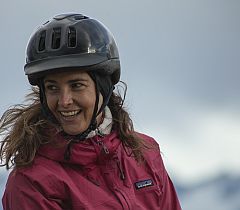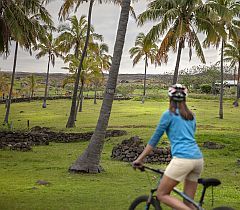Exploring Rapa Nui through Guy Wenborne’s lens
It is still pitch dark, disturbing and attractively mysterious. I want to witness how a new day is born here; there is no moon and only a few stars look down upon me through the black cloud cover. My senses are extremely alert to feeling and perceiving my surroundings to calm the anxiety of positioning and place that my brain demands of me.
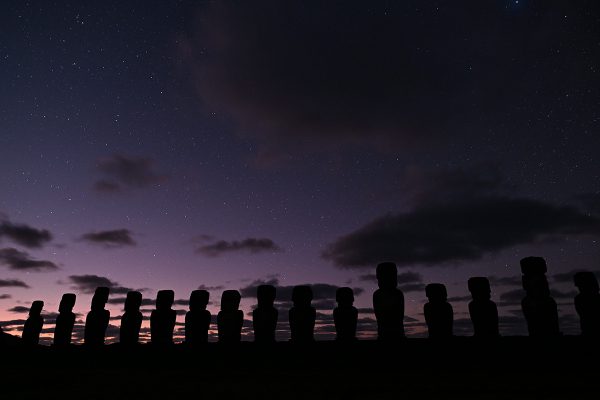
It is cool, but not cold; I can smell the fragrant sweet aroma of the local grass, so characteristic that it reminds me how many times I have been here before, and I realize how powerful the sense of smell is to evoke specific memories. The sea breeze blowing over the waves moistens my exposed skin; I feel the salty taste of the sea dew exploding in the sea’s struggle with the sharp volcanic rock; I can hear and feel the waves rumble against the hollow cavities of these large volcanic platforms exposed to the front line of the Pacific Ocean’s sensual fury.
It is still dark but the thin mantle of clouds gradually gives way to the faint luminosity of the Milky Way, allowing me a slight perception of my immediate surroundings. Everything is still dark, but I can now see some lights and shadows, as well as smelling the humidity of salt land and hear the sea. I can see better and now want to look and observe with my camera. I set up my soaking wet carbon fiber tripod and place my camera on the ball head. It is still dark but is getting light and I want to capture that light in darkness as I place my eye against the camera viewfinder and stare into it to compose that darkness of shadows and vague luminosities. CLICK…that’s it, I have already shot my first picture, the first portrait in the light of May in Rapa Nui. I have arrived; I’m here, happy to be here again. I feel well received and with the excitement of enthusiasm for everything that is to come in the next 15 days.
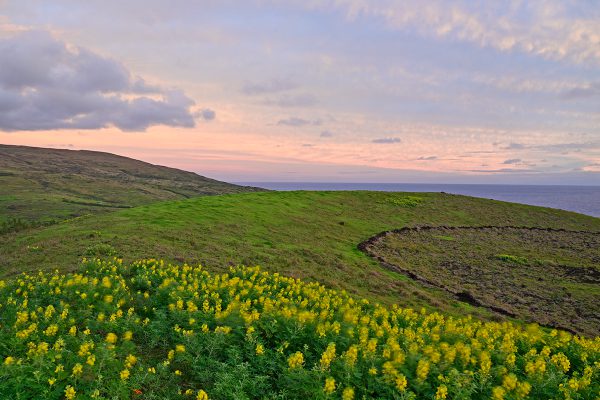
I love returning to places that I know well; it’s like an encounter with a dear friend and accomplice of wonderful moments. Returning to this island is a of great interest and value to me; I think it’s the 10th time I have been here. But it’s not about how many times I have come, but how good being exposed to the energy here on Easter Island makes me feel. Different reasons have brought me to this island – photography work or family trips – and this time I have a commission, a photographic work for Explora, and I love to look at a territory that is already within me with new eyes.
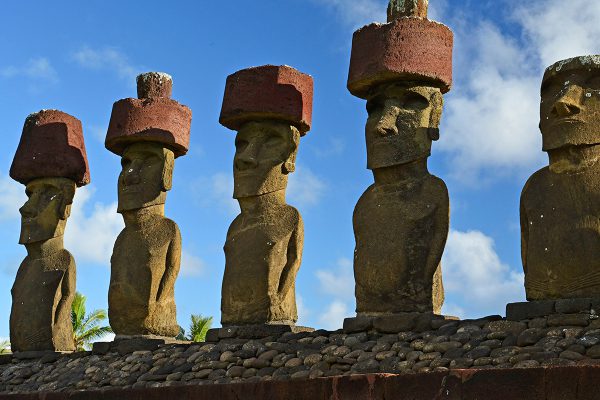
To tour the island beyond the island, the island that was home to the last navigators who brought Polynesian culture to the east, a culture that inhabited this volcanic trio on the margins of time and the territorial expansion of Polynesia; seafarers of excellence who made this island their own by developing a unique form of uses and customs that gives it a hallmark and identity that are unique in the world.
Shrouded in a veil of mystery and unsettling theories yet to be fully resolved, it is not just a piece of land made up of three volcanoes and embraced by an immense infinite ocean, but the humans who inhabited it made its precariousness a way of life, survivors of the austere and rough territory, and from that roughness they achieved a society that has left a historical legacy of megalithic sculptures, a modification of the landscape that lasts to this day, based on the largest stone monuments in all Polynesia.
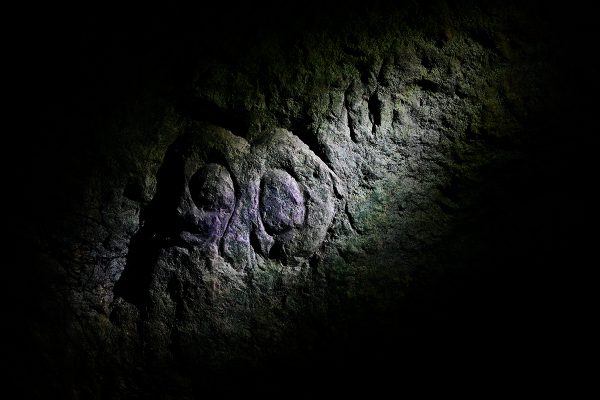
I have already spent several days on my photography work, and I do not cease to be impressed by the number of questions that come to mind: how they lived, how they spent their time, how they organized and distributed the territory according to the available resources and how they managed the most precious commodity, which was fresh water. At the same time, I am learning new aspects in the voice of the extraordinary guides who accompany me on my explorations and enrich me with new knowledge about the island and its culture.
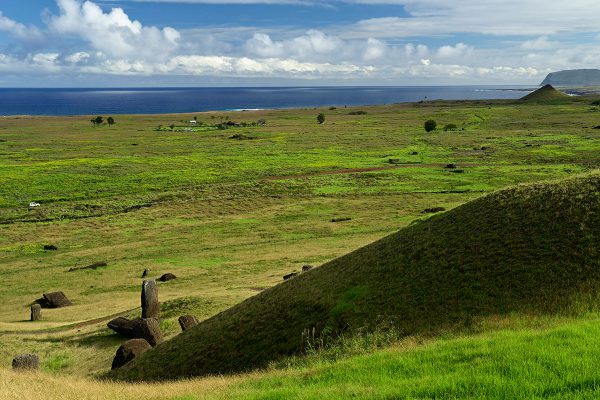
My work portraying the island is taking shape, focusing on the essence of what motivates me visually; I synchronize with the light and the local rhythm and without realizing it have accumulated images that I had previsualized in my mind and others that are born of the opportunity without expecting them. It’s good to plan, but it’s also important to be alert to the unexpected, with eyes and mind open to emotion.
Thus flows the photographic work that allows me to reflect on what motivates and attracts me to this place so much to return so many times and want to continue to return. Even being here I want to come back; the photos continue to flow and reflect what I experience. I feel full, focused and doing what I must do at this precise moment: I want to be taking photos here and now in Rapa Nui.
